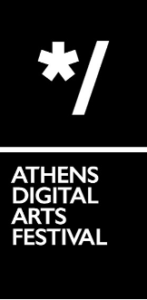 The invited festival ADAF, Athens Digital Art Festival, is the pioneer longest living institution in Greece dedicated to audiovisual culture and digital arts (est.2005), is Greece’s official representative in the international scene of digital arts and culture.
The invited festival ADAF, Athens Digital Art Festival, is the pioneer longest living institution in Greece dedicated to audiovisual culture and digital arts (est.2005), is Greece’s official representative in the international scene of digital arts and culture.
Athens Digital Arts Festival celebrates digital culture by bringing together every year an international artistic community with thousands of visitors through an innovative and versatile public programme. Athens Digital Arts Festival takes great pride in being an inclusive and multi-layered institution that emphasizes in the relation between Art, Science, and Technology and features artistic forms of expression such as web art, interactive installations, animation, digital image, VR/AR/MR and digital applications as well as exhibitions, screenings, and live performances.
ADAF from its early years aimed to embrace all communities – Greek as well as international – linked to digital culture and through its course has succeeded to maintain and empower this connection mainly by being rooted in its community and fostering network collaboration while providing an open platform for artistic expression. ADAF aims to inspire artists to experiment, create and express themselves by using all technological and audiovisual means, as well as to inform, educate and familiarize the audience with digital arts.
ADAF has developed, through its 17 years course, a leading-edge and prominent educational program that includes Academic presentations, International Tributes, Workshops and Masterclasses that reflects on the artistic and visual language of digital mediums and its aesthetics. Being part of a large international network of festivals, it showcases works representing the international contemporary artistic and technological production.
Athens Digital Arts Festival has received numerous awards for its achievements in many fields and was recently awarded by EFEE (Europe for Festivals, Festivals for Europe), an internationally acclaimed organization that measures and sets the quality standards for recognition and establishment for European Arts Festivals.
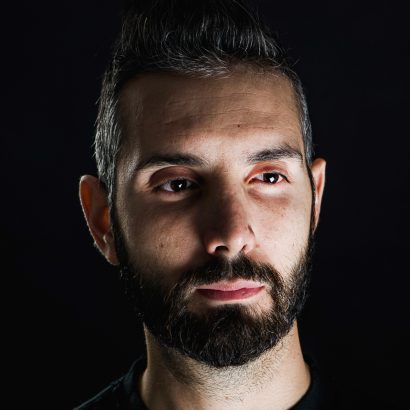
Ilias (b. 1983, Athens) is the founder and director of Athens Digital Arts Festival from 2005, which consists the International Festival of Digital Arts in Greece. In this framework, he has presented many important artists from all over the world and more than 85 international festivals with exclusive content and distinguished guests. He has managed, curated and organized cultural programmes and exhibition in Greece and abroad in collaboration with entities like Local Authorities, the Ministry of Culture, the Athens International Airport and Athens Urban Transport Organization. He was chosen as a member of the National Coordination Committee for the European Year of Volunteering. He participated in the Board of Review of the Ministry of Culture for the International Digitalized Film and Video. He was mentor in creative projects and member of evaluation committees for national and international competitions and festivals. He has participated in international exhibitions and conferences and he has conducted workshops relevant with digital arts. Ilias currently and along with ADAF, under the scope of digital arts, he is involved with creative marketing, communication and urban initiatives.
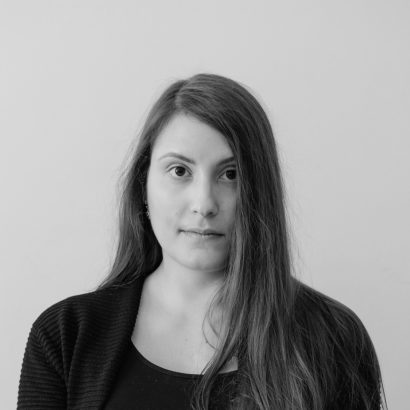
Eirini Olympiou (b. 1987, Athens) is a video art curator, visual artist and architect. She has studied Fine Arts (BFA, MFA) and Architecture (BArch). As an individual artist, she has participated in solo and group exhibitions and in collective projects since 2008. Her artistic practice takes on many forms including painting, photography and mixed media. She has been a video art curator at Athens Digital Arts Festival since 2011, has done curatorial projects with international festivals and institutions, participated in talks and also been a member of video art jury. Her curatorial research explores the boundaries of digital expression and how video art is affected by technology. She currently lives, works and creates in Athens, Greece.
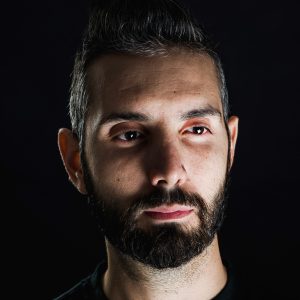
Ilias (b. 1983, Athens) is the founder and director of Athens Digital Arts Festival from 2005, which consists the International Festival of Digital Arts in Greece. In this framework, he has presented many important artists from all over the world and more than 85 international festivals with exclusive content and distinguished guests. He has managed, curated and organized cultural programmes and exhibition in Greece and abroad in collaboration with entities like Local Authorities, the Ministry of Culture, the Athens International Airport and Athens Urban Transport Organization. He was chosen as a member of the National Coordination Committee for the European Year of Volunteering. He participated in the Board of Review of the Ministry of Culture for the International Digitalized Film and Video. He was mentor in creative projects and member of evaluation committees for national and international competitions and festivals. He has participated in international exhibitions and conferences and he has conducted workshops relevant with digital arts. Ilias currently and along with ADAF, under the scope of digital arts, he is involved with creative marketing, communication and urban initiatives.
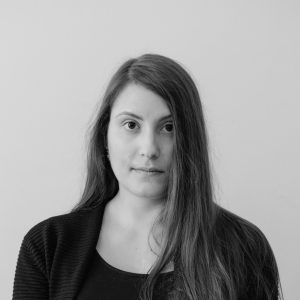
Eirini Olympiou (b. 1987, Athens) is a video art curator, visual artist and architect. She has studied Fine Arts (BFA, MFA) and Architecture (BArch). As an individual artist, she has participated in solo and group exhibitions and in collective projects since 2008. Her artistic practice takes on many forms including painting, photography and mixed media. She has been a video art curator at Athens Digital Arts Festival since 2011, has done curatorial projects with international festivals and institutions, participated in talks and also been a member of video art jury. Her curatorial research explores the boundaries of digital expression and how video art is affected by technology. She currently lives, works and creates in Athens, Greece.
Artists & Artworks
Artists & Artworks
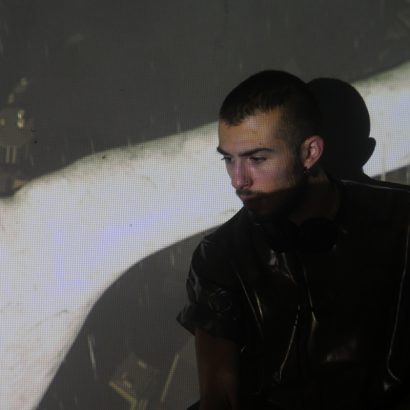
Alex Karantanas is a performer, a mixed-media artist and a DJ. He holds a BA in Architecture and an MFA in Digital Arts. His artistic practice includes performances, multi-media installations, video art projections and modelling immersive environments, as well as videomanifestos based on his academic research. He mainly focuses on matters of gender, body and desire, through the lens of posthuman studies and cyber-feminism. His work has been exhibited in various exhibitions, festivals and events, including Athens Digital Arts Festival, Peloponnesus International Documentary Festival, KFFK (Short Film Festival Cologne), Aphrodite* Festival (Tainiothiki Online), Athens Biennale and Performance Rooms 2020.
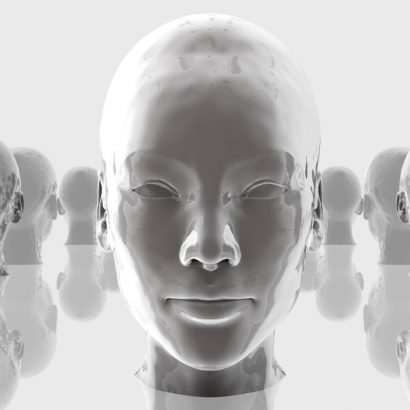
The video follows the hypothesis of an inevitable emergence of artificial super-intelligence. A new species of digital entities is being born, letting us observe the way they experience their cyber bodies, the social construction of time and the concept of absolute void.
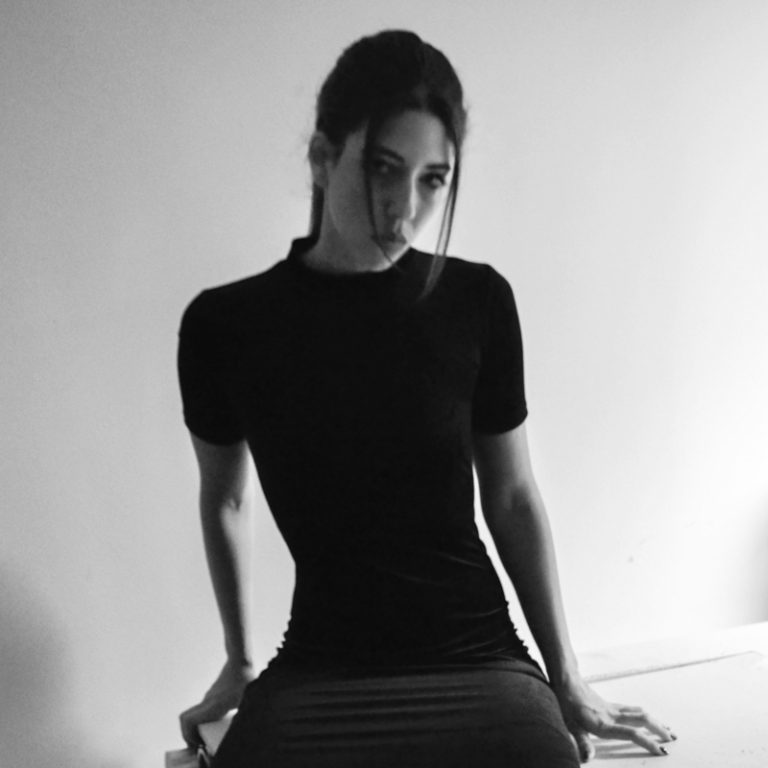
Alexandra Mavrofridi (1993) works in various media including painting, photography, video, music and writing. The Greek artist constructs a multifaceted body of work that defies categorization. She translates dreams into a single frame, creating disturbing images of land existing without time, in which supernatural forces mingle with realistic order of the world. Her tales do not end with a triumph of good or evil. But usually shows only the moment of the story’s culmination, the moment of the suspension of the action in which the story accumulates, and the direction of its solution is impossible to determine.
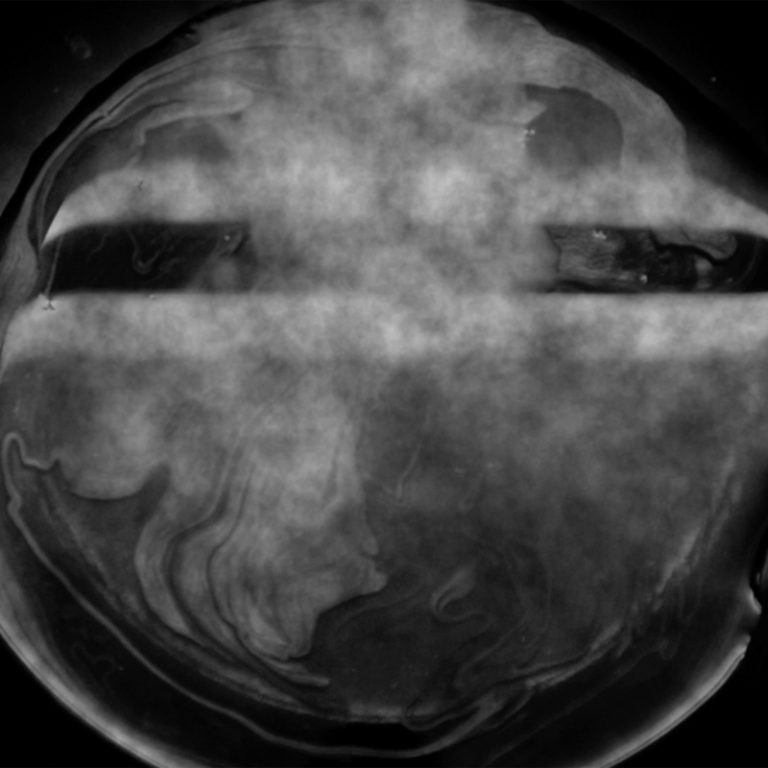
The accessibility in every source of information makes the individual vulnerable to his choices. The human perception composes “the helping hand “or “lethal hand” which will guide him on his journey to his evolutionary progress or not. The effect of running information, makes us blind fellow travelers of ourselves. Focusing on the inside as much as focusing on the outside, it’s a matter of necessity. Contemporary man owes to evolve consciously into the abstract chasm among various briefing and personal needs. For the purpose of not ending up totally desolate and lost inside the horizon of a modern algorithmic chaos.
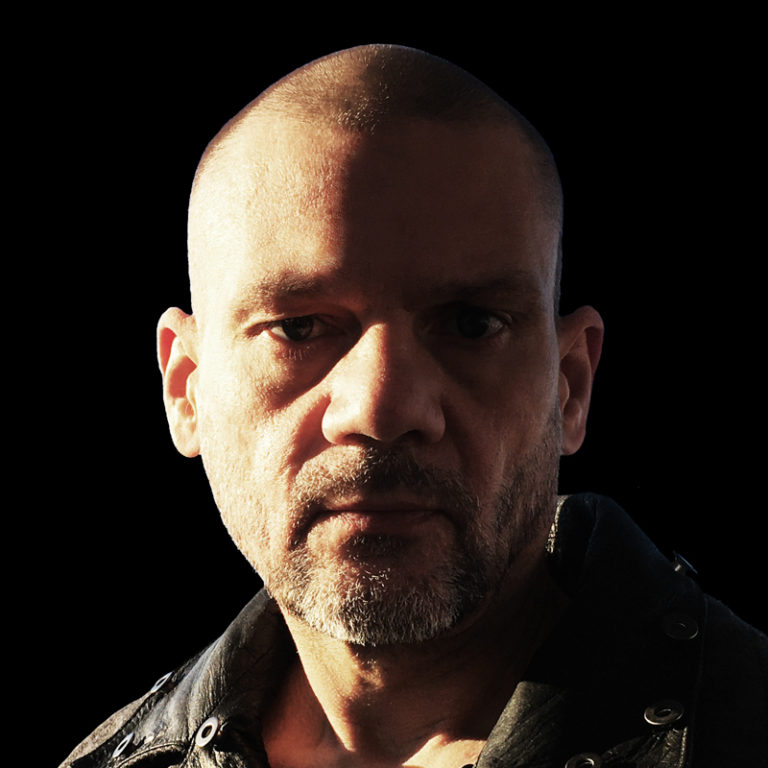
Anestis Anestis is a creative coder and new media artist based in Athens, Greece. By combining new media and contemporary art with info-aesthetics, digital culture and creative coding, his vision is to cultivate knowledge and experiences of complexity in an interconnected world. His interdisciplinary practice uses computer interfaces as tools for mediating the virtual with the physical through algorithms and interactive installations. He studied physics and has worked as a Project Manager for Research & Development military software projects for 15 years. His work has been exhibited in new media group shows in galleries and festivals nationally and internationally. He is currently working on data art and visualization projects, designing and developing his own user interfaces, software and aesthetic tools.
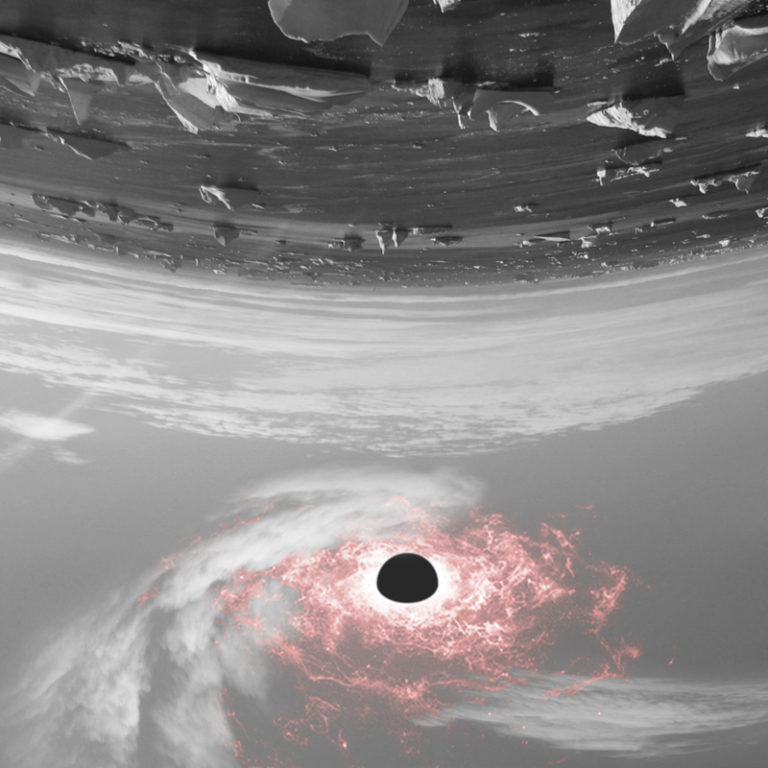
A series of 13 micro-animation loops inspired by exotic ways to end life on Earth or even the Universe itself. The animations resonate directly with specific themes of apocalyptic futures, in mathematical, physical, technological or even in exotic and religious ways. Though the theme is an apocalyptic one the animations are not violent or scary, instead they are minimal, floating in the mystic space of the digital uncanny. The intention is to create a relaxing, hypnotizing feeling of immersion into the surreal, serene, dreamy World of desolation that we call the Future.
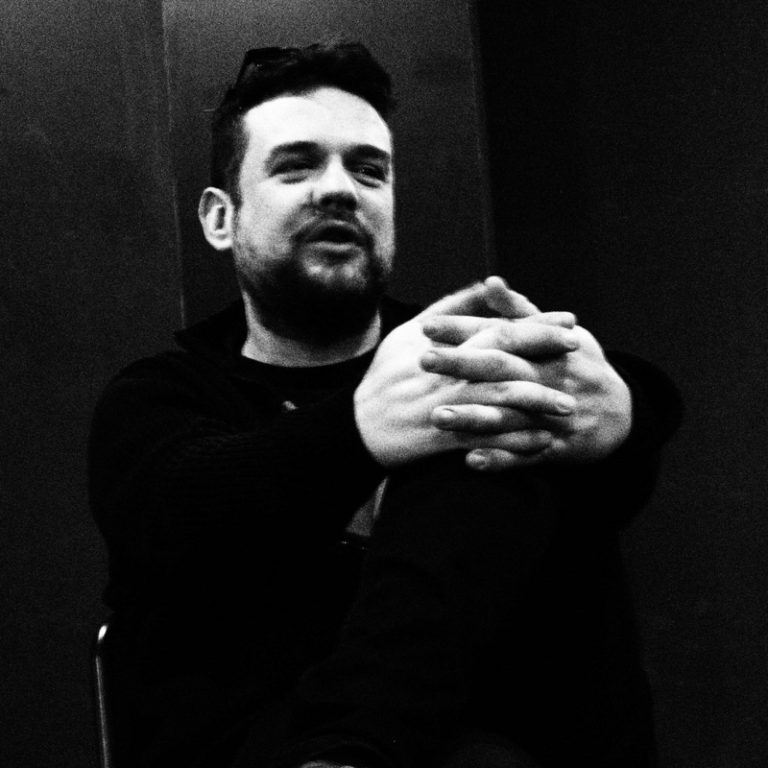
Antonis Rozakis is a video artist and video editor. He has taken part in various festivals around the world and received awards for his projects. His video-art draws inspiration mainly from his feelings, based on experiences or memories, or things he feels without knowing why. He simply feels them. He aims to find emotional freedom and liberation through his artistic expression and feels great joy and connection with others when they also see parts of themselves in his films.
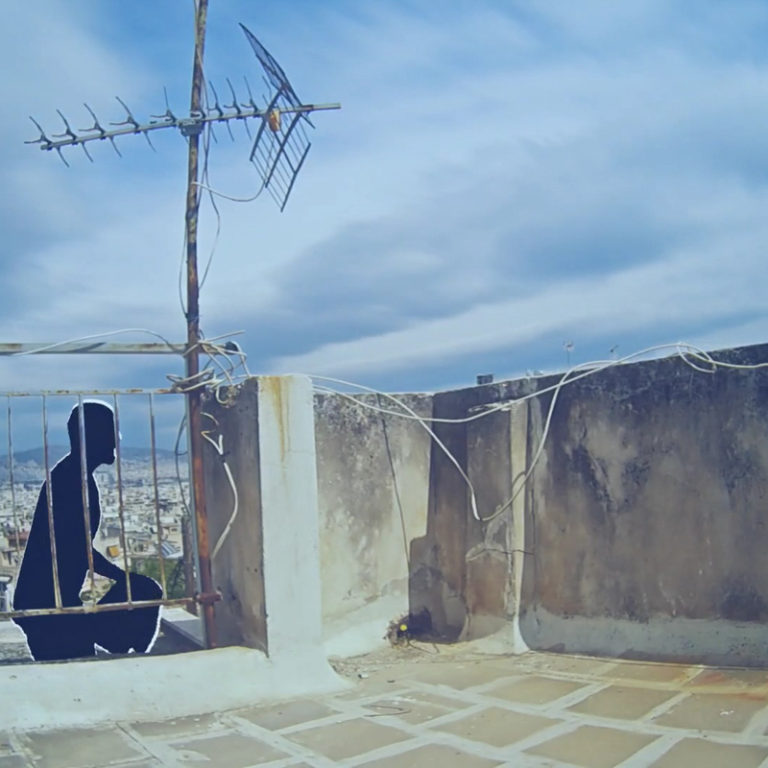
Escape Shadows (from Athens) is a project dedicated to the act of escaping and the cessation of normality, as perceived by the individual. Besides escaping a daily existence in front of the office, the computer or in connection to another activity, the notion of escaping can also be a reference to a deeper desire with regards to changing course towards a more esoteric condition, which has not yet surfaced to the light of our conscious perception, so as we can see it and follow it.Follow the course of our shadows.
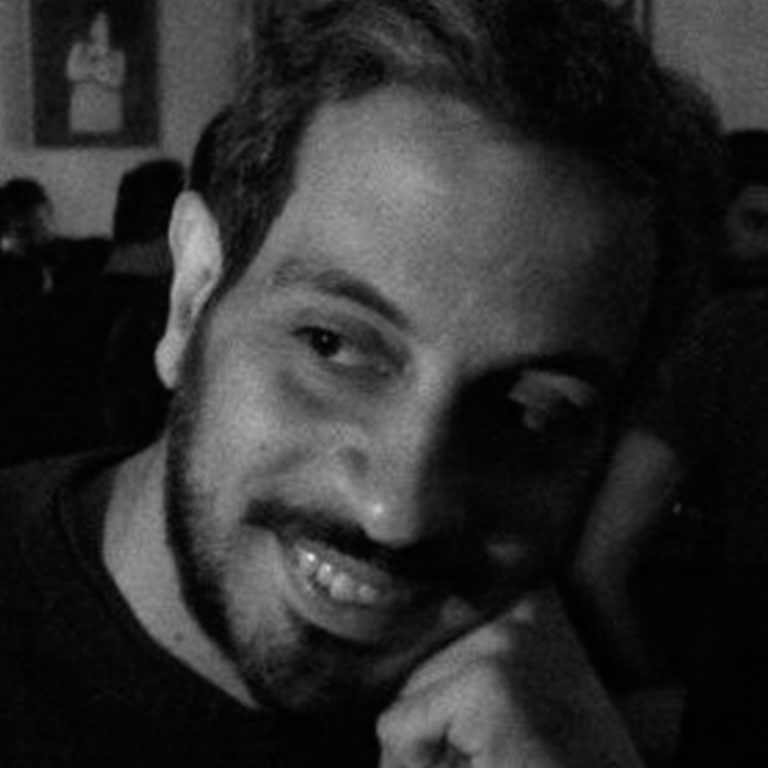
ARos is a visual artist, director and writer working with a variety of media including analogue and digital moving images and a host of other techniques. His work includes producing writing, photographing and directing short films, tv and web commercials a documentary on the life of an old school jazz musician in New York and the official BBC pilot for “The Office” in Greece.

Interference | 0.7 Created by ARos & Christina (c) 2016 The work is versioned: 0.7 – meaning it is shown as what is commonly called a “beta” version. “Interference” came of life as a discussion subject on existential questions. It is hard to record all the invisible dynamics covering all aspects of human, global, and cosmological activity. Are we forgetting that we are not the only facilitators? On a different note, how much of ourselves is part of what is in between? Can we grasp what interferes in between and before/after anything?

Christina Lykoka is a visual artist in the analogue and digital – still and moving media realm. Athens, New York, Toronto, and the Czech Republic have been her base. Her work has been featured in animation, video art, and film festivals around the world including the print medium.

Interference | 0.7 Created by ARos & Christina (c) 2016 The work is versioned: 0.7 – meaning it is shown as what is commonly called a “beta” version. “Interference” came of life as a discussion subject on existential questions. It is hard to record all the invisible dynamics covering all aspects of human, global, and cosmological activity. Are we forgetting that we are not the only facilitators? On a different note, how much of ourselves is part of what is in between? Can we grasp what interferes in between and before/after anything?

After studying Interior Architecture, Decorative Arts and Design, at the Technological Institute of Athens Eleana Dimopoulou went on to pursue her love of make-up as a career. She graduated as a Professional Make Up Artist and then decided to further her education in Audiovisual Arts, where she is currently completing her Master’s degree at Ionian University. Her use of the human body as a canvas conveys emotional and spatial qualities that can be seen in all her works where she attempts the merging of make-up and bodypainting with performance and installation art.
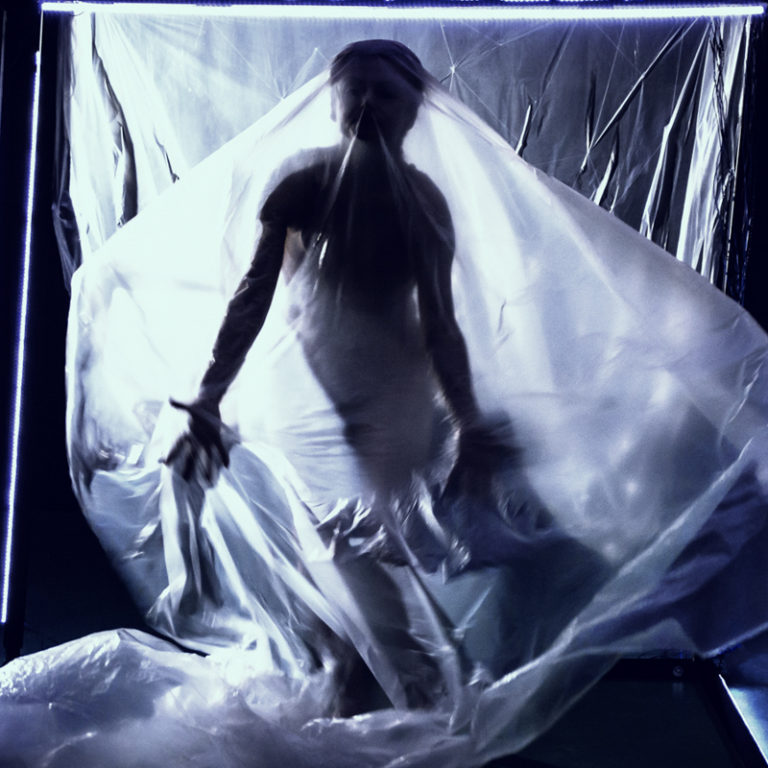
When one repeats the name of SISIPHUS, it seems to wheeze out of exhaustion, connecting the word to the hero’s fate and the sign to what is being signified. The video processes the myth spatially and visually, through the interpretation of Albert Camus for the absurd hero, whom Sisyphus personalizes. A set of visual and spatial tools reveal elements of the myth: perpetual repetition, vanity, physical effort, entrapment, and the influence of time. Trapped in an endless journey SISIPHUS challenges the significance of the end and beginning; bound by divine intervention or internal struggle? When does Camus’ absurd hero emerge?
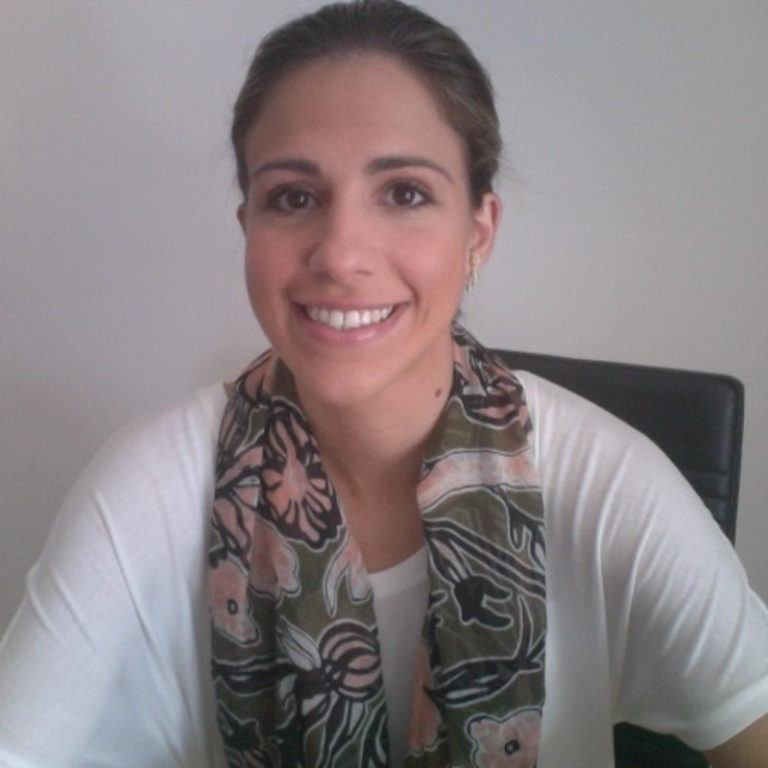
Born in 1990 in Athens, Greece, Eleni Chamou is an emerging artist, who sees herself as an expressionist visual e-artist and social choreographer. Her B.A. in Visual Arts was received from Frances Rich School of Fine and Performing Arts, DEREE, The American College of Greece. Subsequent to that she attended dance classes in Dance Action Anna Polyzou’s Dance Studio, where she received two Professional achievements in Dance Smooth DVIDA Bronze and Rhythm DVIDA Bronze with High Honors. She has presented her work in many exhibitions and festivals in Portugal, Italy, Argentina, and Greece. She is co-founder of FACE art team (Foundation for Arts and Cultural Events).
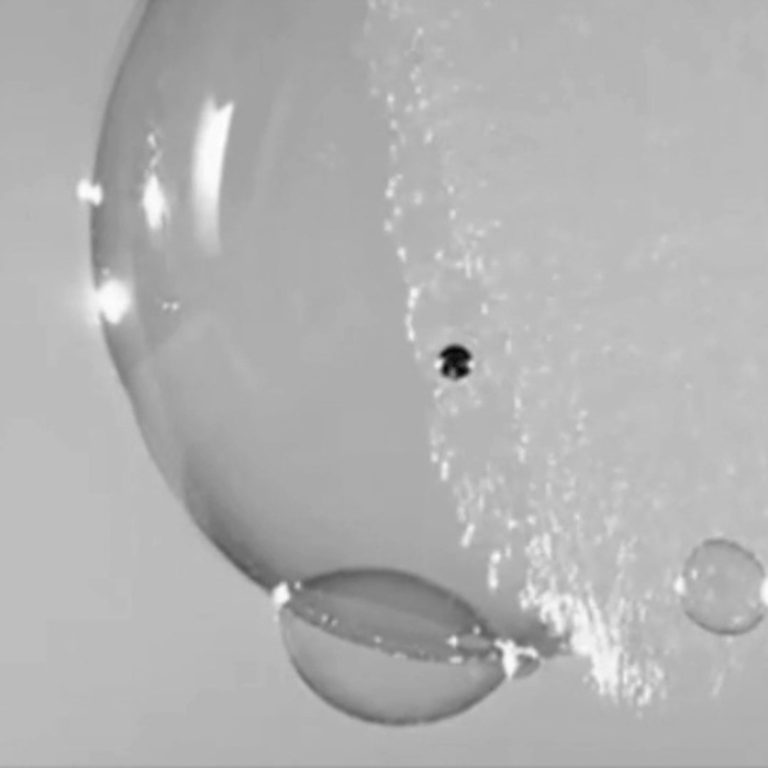
Social media are influencing social behavior and consumerism as they are parts of our lives. Pop culture categorizes everything from viral videos to socio-political sarcasm. The proliferation of social media has led to Internet memes spreading very quickly and reaching more people. Internet memes are objects of interest on the Internet that are passed around in a memetic manner. This project is based on internet memes and the concept of ‘Filter bubble’ as Eli Pariser first named and who is also the person that analyzed the ‘personal ecosystem’, in which the viewers through ‘cookies’ and memes are isolating . This project is a comment on how our online experience is becoming statistic. How the viewers became ‘the product’.
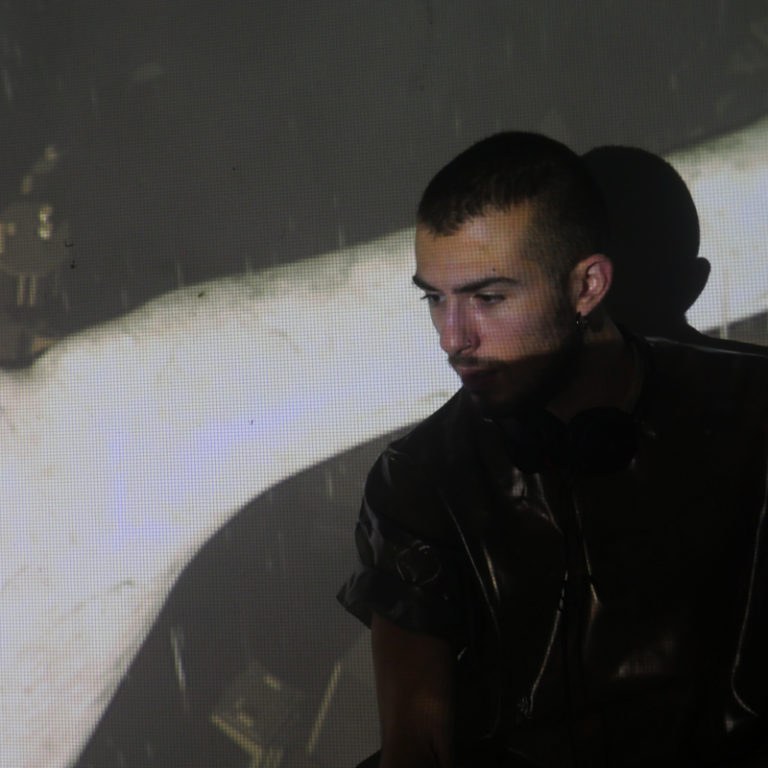
Eremus is a performer, a mixed-media artist and a DJ. He holds a BA in Architecture and an MFA in Digital Arts. His artistic practice includes performances, multi-media installations, video art projections and modelling immersive environments, as well as videomanifestos based on his academic research. He mainly focuses on matters of gender, body and desire, through the lens of posthuman studies and cyber-feminism. His work has been exhibited in various exhibitions, festivals and events, including Athens Digital Arts Festival, Peloponnesus International Documentary Festival, KFFK (Short Film Festival Cologne), Aphrodite Festival (Tainiothiki Online), Athens Biennale and Performance Rooms 2020.
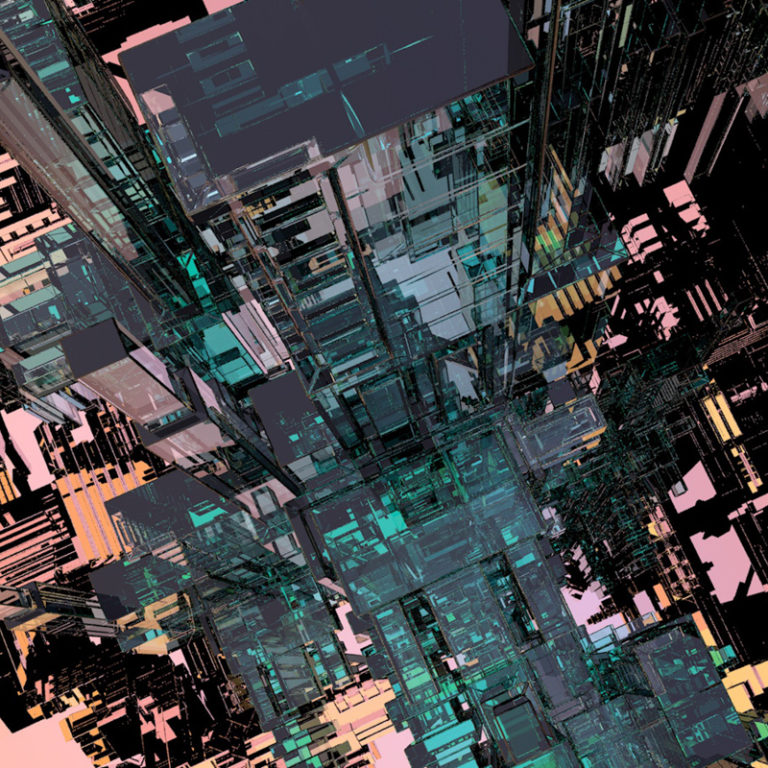
The video-manifesto attempts a redefinition of queerness through the lens of glitch – as a theoretical tool for analysing random and sudden interruptions or changes in systems of power and governance – while simultaneously a queer reading of the “Glitch Studies Mafinesto”. Queerness is being understood as a fatal error of the otherwise impermeable patriarchal algorithm; an error that can be both threatening and enchanting, both destructive and liberating.
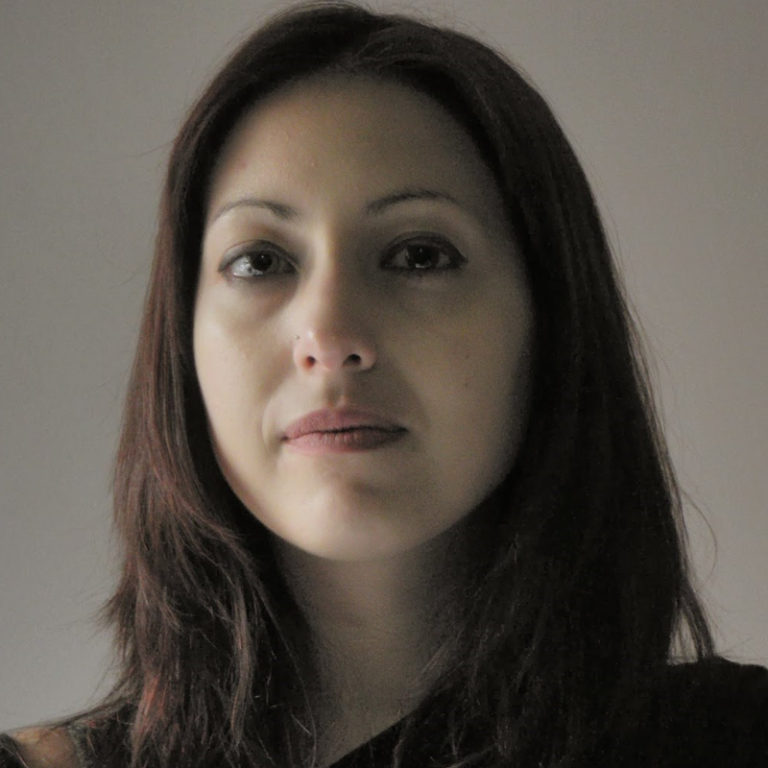
Evi Stamou (b.1985 in Patras, Greece) is a filmmaker, video artist and curator based in Athens. She is interested in a broader approach to the nature of the moving image, creating to that effect, non-linear narrative and experimental films in an effort to examine the aesthetic boundaries between the more traditional cinematic forms and the evolving approaches of modern art. Her works have been selected to participate in international film festivals, video art festivals and contemporary art exhibitions in Greece and abroad (Cinemed International Mediterranean Film Festival of Montpellier, Venice International Experimental Art Festival, Athens Digital Arts Festival – ADAF etc.)
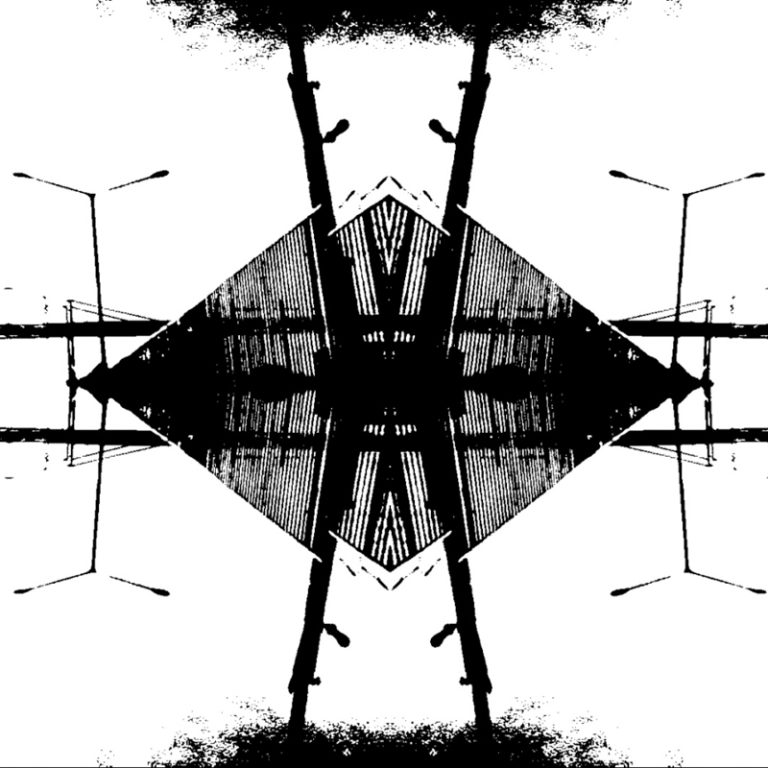
”Memory Lane” is a study of the contemporary urban landscape of Athens.Hidden behind a never ending strip of deserted industrial sites and empty office spaces, lies the memory of a promising past.The film’s styles and techniques are inspired by some of the late 20th century’s most recognizable visual trends, such as arcade games graphics, silkscreen printing and the once so fashionable blots of the Rorschach test. I made this video to try and address the question: ”Will the stuff that our memories are made of, stand the test of time?”.
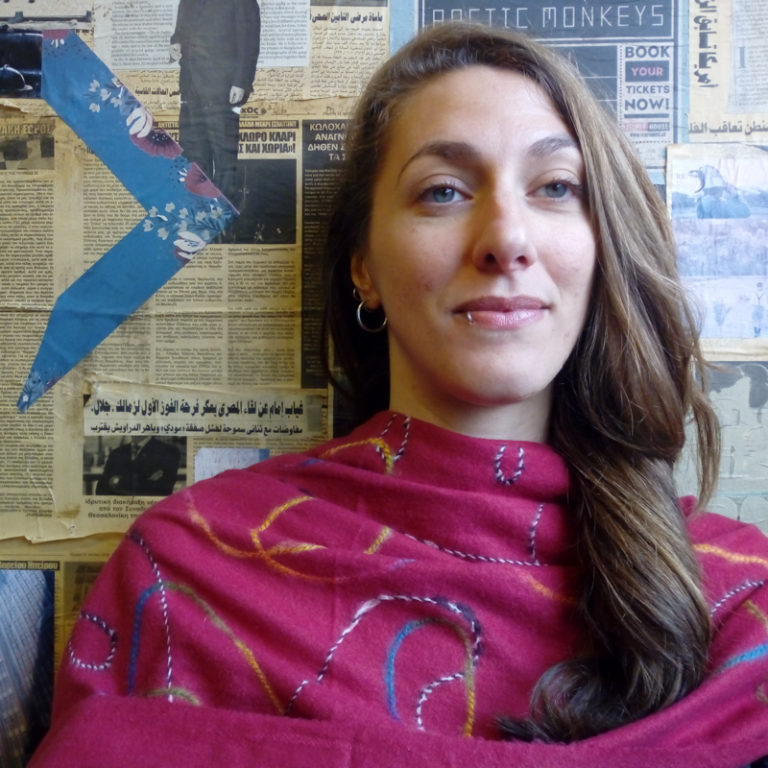
Βorn and raised in Athens – and hopefully alive. She explores the phenomena through theater, video and motion design. As a result, movement is an essential element in her life and in her work. She first studied Theater and afterwards Applied Fine Arts but living the big city life can be both inspiring and dispiriting. The motto is to seek the roads of balance, of clarity, of dance… She is concerned with the combination of theater with moving image and digital media in general. And much more.
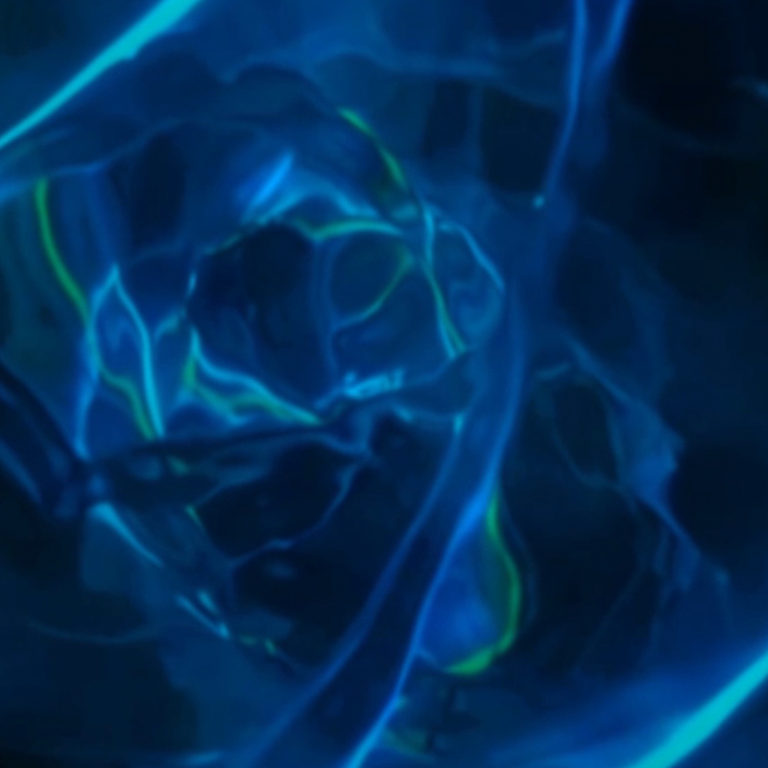
“Much Ado About Nothing” is based on the nihilistic perception of the Dadaists where nothing, zero, is left no more, since the abuse of logic dissolves the human sense and the illusion of art. As long as zeroing, in life and in art, becomes an essential trait of our time, as long as we accept it as an inevitable feature of a functioning society that communicates and takes care with an accounting way and a type of on/off sentimentalism attached to its automation and oblivion, any diametrically opposed philosophy of life becomes much more important.
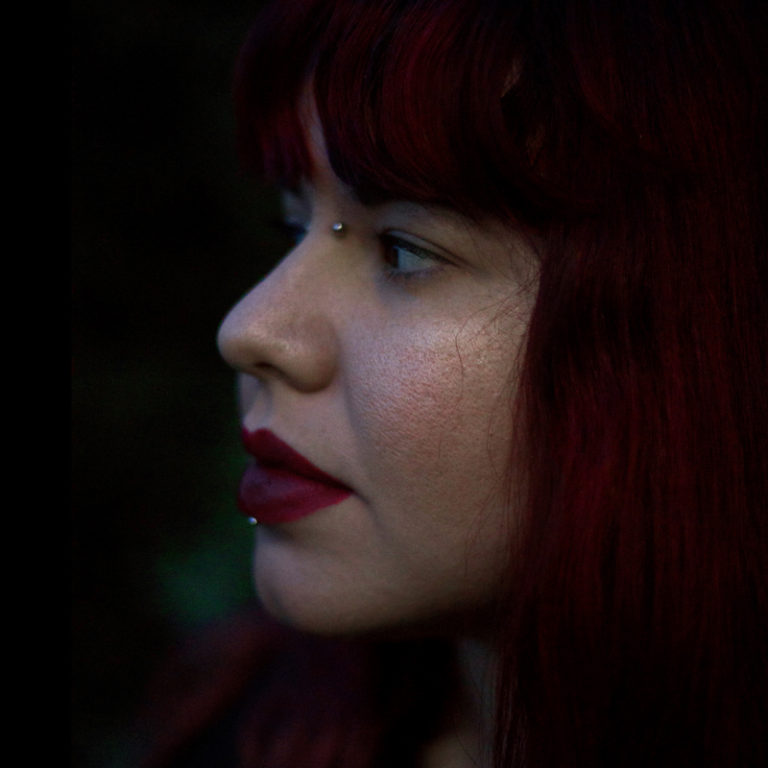
Iris Bournazou is an Athens (GR) based New Media/Visual artist, exploring new aesthetics through the concepts of trace, aura and space. She graduated from the Department of Fine and Applied Arts of the University of Western Macedonia, Greece as well as from the Institute of Fine Arts in Siena, Italy. She specializes in digital video, new media (image, sound) and painting. Iris’s Bournazou work employs the use of loops, glitch, video mapping and visual installations which basically pose three types of matter: instinct, space and time. The core of her work is characterized by an intuitive level, through which the form, the atmosphere and the concept of trace are externalized. Her work has been presented in solo and group exhibitions, such as Interia Vox | UOWM (2019, GR), Time for Diversity (2020, RO), Intersectional 2.0 (2020, DE), Ichnos | ADAF Athens Digital Arts Festival (2020-2021, GR) and more.
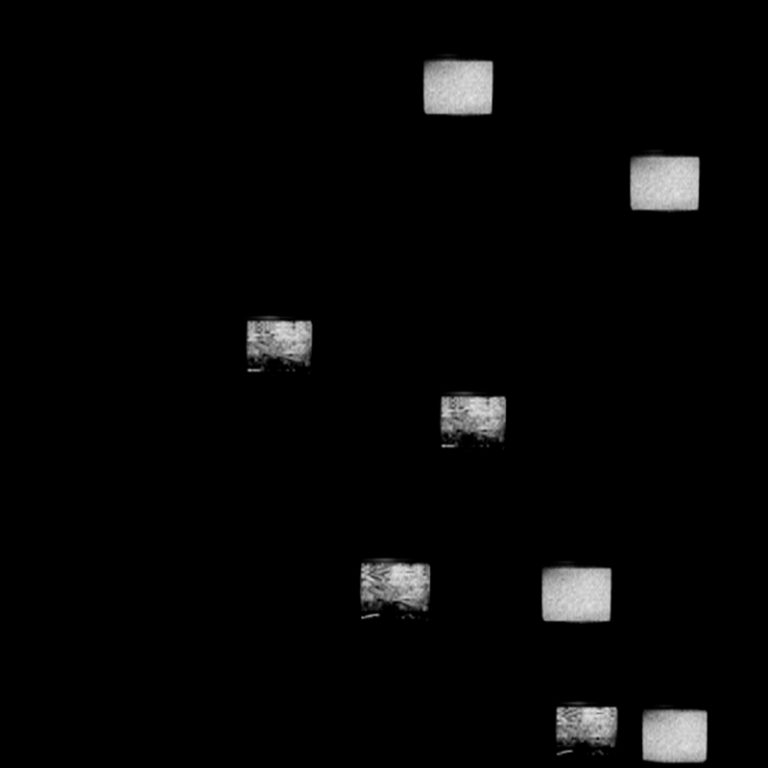
Ichnos. Trace. A concept that can be interpreted in many ways and is characterized by an intuitive level through which, the energy of an internal content, is externalized. How can the trace be defined? How can the notion of a trace within a field be understood? The concept of trace indicates the sign that the act of walking leaves, but consequently anything left over from the passage of a situation, a reference system of ideas. The field is a vast landscape of interpretations – the very essence of a succession of moments that don’t exist yet, but they will. As the traces of fields settle, they reunite again and create different experiences.
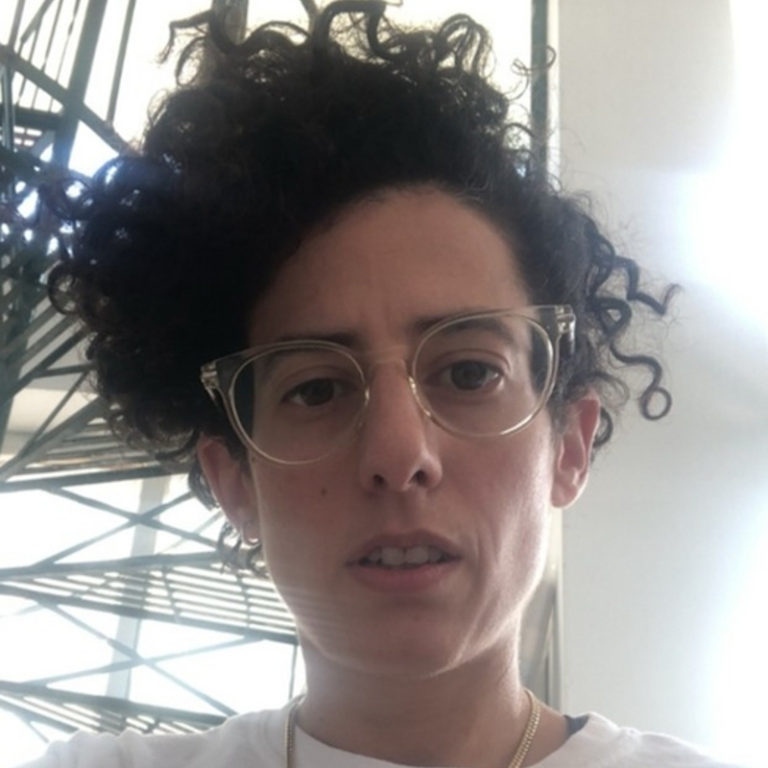
Kakia Konstantinaki is a 3D artist and designer. She holds an MA in Communication Design from Central Saint Martins and a professional Diploma in Architecture Engineering from the Technical University of Crete. Throughout the years, Kakia has worked as a 3D artist and graphic designer, on personal and commissioned projects and as a part-time teaching assistant i Central Saint Martins. Using 3D rendering software, Konstantinaki constructs complex augmented reality environments that blur physical world environments with computer-generated imagery.v
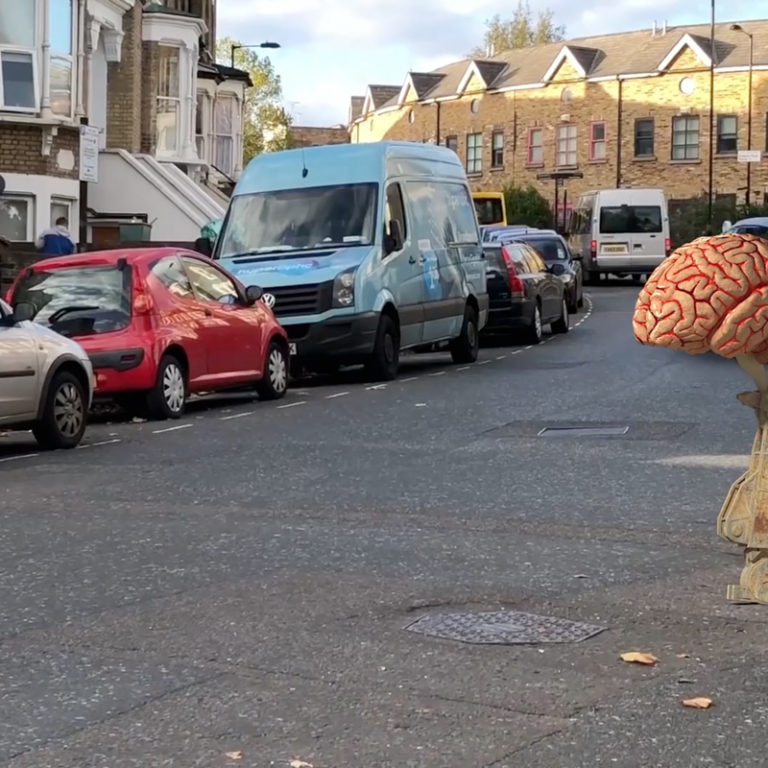
‘Us’ explores the idea of singularity in relation to the notion of the collective consciousness. It revolves around the idea that human tools and knowledge, evolved throughout history, are an extension of the mind. As human species, we share some collective knowledge. One can claim that when one uses smartphones, they utilise other people’s brains, of those who invented that smartphone. This creates a form of collective knowledge and consequently a form of collective consciousness. In this post-human condition, what happens when machines and knowledge merge into one extended mind, one distributed intelligence, that everyone shares and have access to
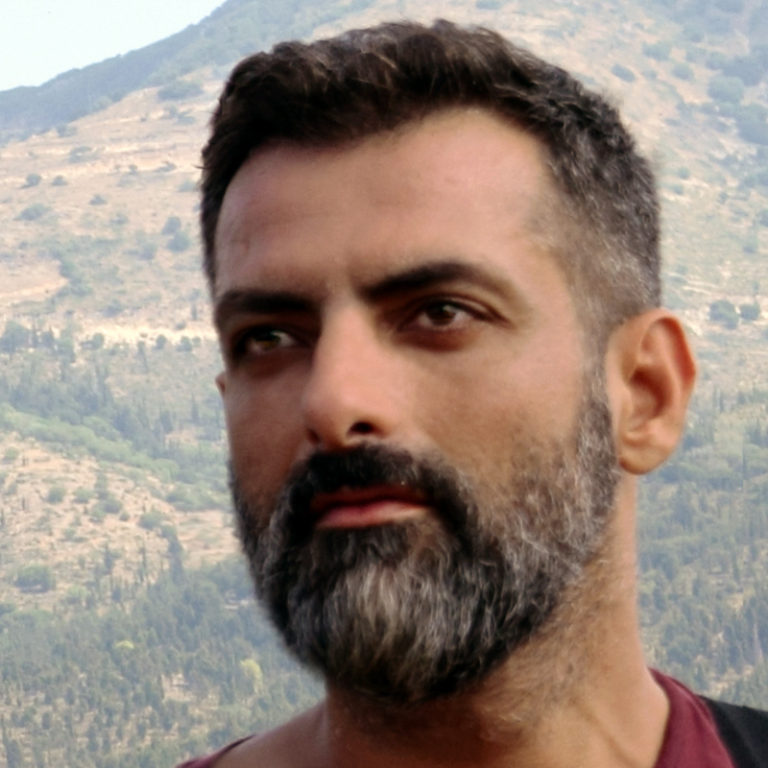
Contesting the division between the realm of memory and the realm of experience, Makis` aim is to redefine the “space”, often by fragmenting materials and movements that form a continuum where virtual spaces and physical domains, connect and merge, reconstructing it into three-dimensional or two-dimensional structures in a multi-layered way. His work demonstrates how life extends beyond its own subjective limits and focuses on the nature of movement, materiality and immateriality – exploring transformative mutations of our world, in which biological entities coexist with virtual life-forms, challenging the relationship between human and space.
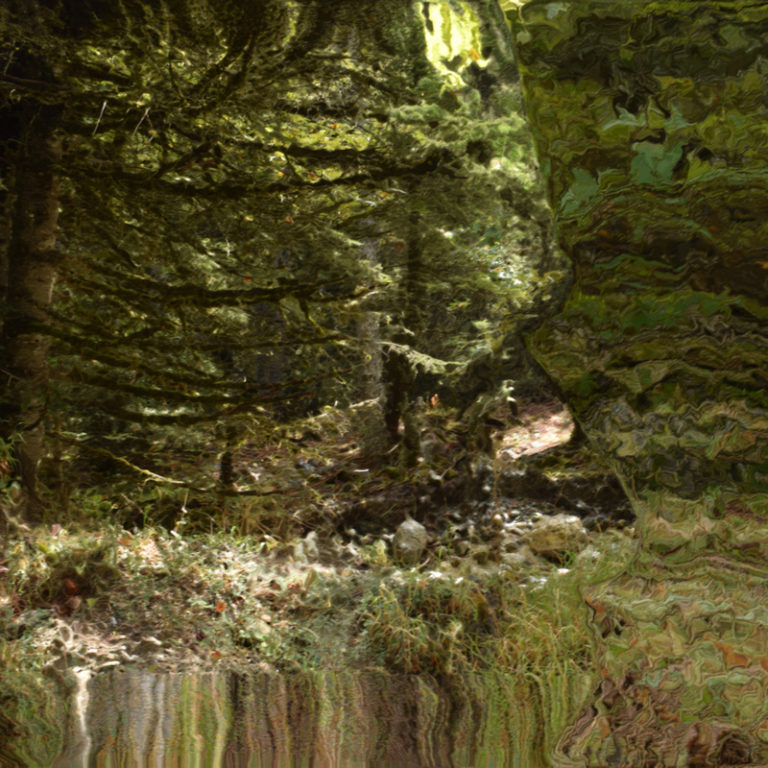
In the video work “What is a Man Without a Shadow”, a digital morphogenesis via AI is being used, creating new forms that replace the former ones, through the logic of optimization, via an open system of states of constant interaction. Images get gradually degraded, revealing entities that change the consistency of space and time, with an average entropy value, enabling new realities to be tested in a virtual space. Consecutively, that allows the evolution of beings who strive to mark their existence in sequences that interact, passing from one situation to another, generating the genetic material of the project.
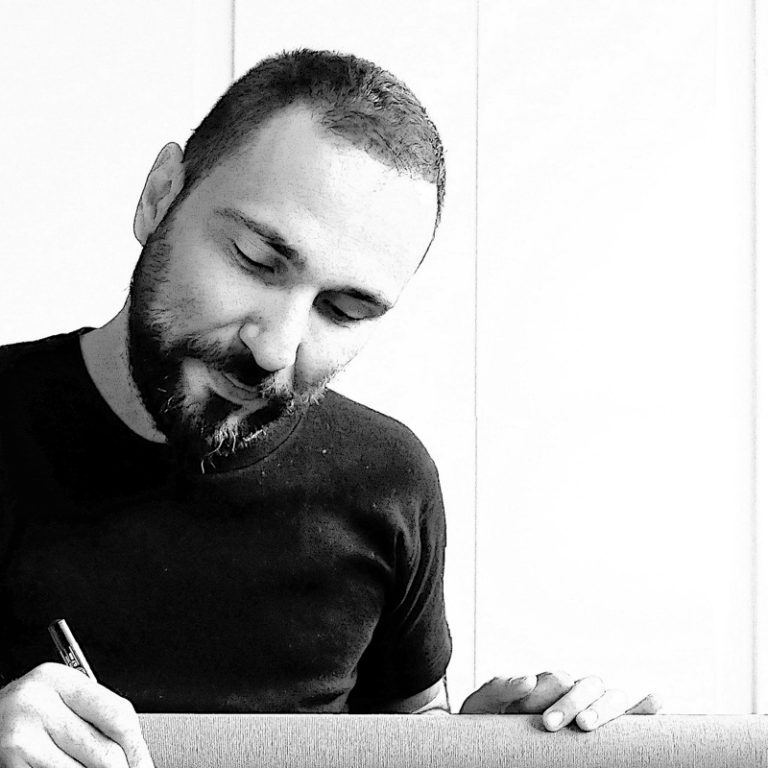
One of the main concerns of the artist is why people tend to confuse security with happiness and in which way art can reshape the viewers’ spiritual configuration, depending on their sense of aesthetics and critical thinking. The artist claims he has not yet found an answer to this question, but he surely enjoys the pursuit of it. He embrace his personal and artistic values, through nature, science and philosophy. Anastasakos is a modern artist in a postmodern era. He has the traits of an artist who wanders, doubts, confronts and at the same time has a very clear idea of what he wants to do.
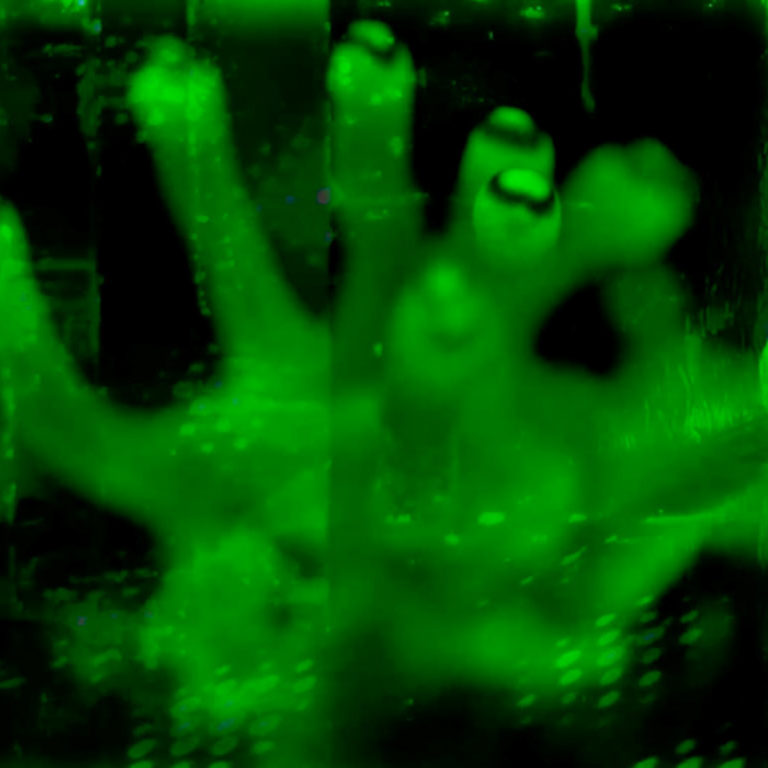
“While sailing in these latitudes on one very dark night, the sea presented a wonderful and most beautiful spectacle. There was a fresh breeze, and every part of the surface, which during the day is seen as foam, now glowed with a pale light. The vessel drove before her bows two billows of liquid phosphorus, and in her wake she was followed by a milky train. As far as the eye reached, the crest of every wave was bright, and the sky above the horizon, from the reflected glare of these livid flames, was not so utterly obscure, as over the rest of the heavens.” Charles Darwin
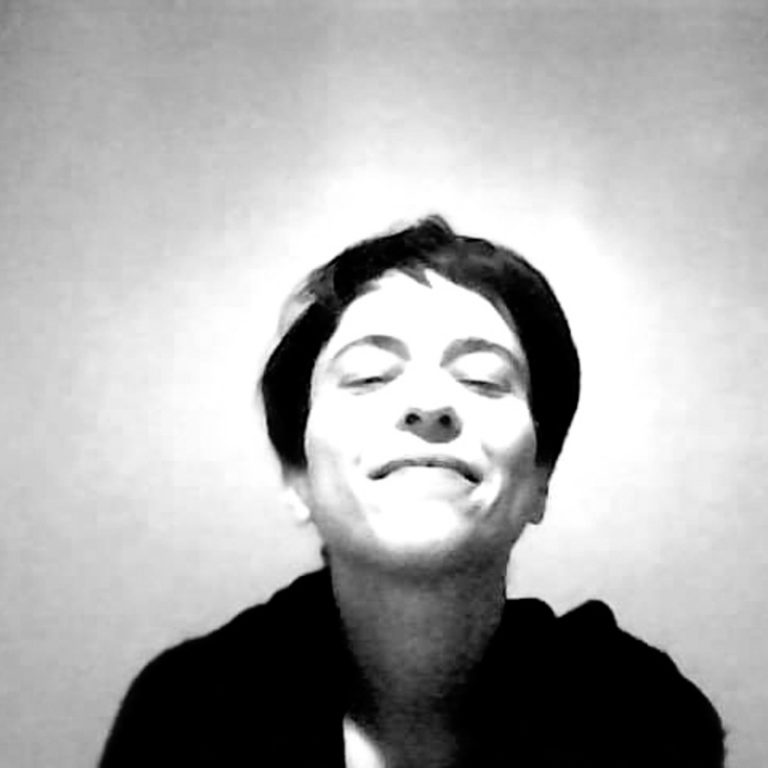
Marika Papapostolou was born in Athens. She studied Architecture at the National Technical University of Athens (NTUA grad 2004), and for a year in Ecole d’ Architecture Paris-la-Seine (Erasmus Scholarship). She studied Fine Arts at the Athens School of Fine Arts (ASFA grad 2012). She holds a Master in Fine Arts from ASFA (grad 2014) (funded on State’s Foundation for Scholarships – IKY). She lives and works in Athens. In her practice, she relates to architectural tactics, material culture and construction policies. Her work looks into systems’ regulatory guides and tests the spatial conditions of their structured expansions. The projects she carries out refer to the experienced sense of the everyday life. She uses industrial derivatives, linguistic traditions, common practices.
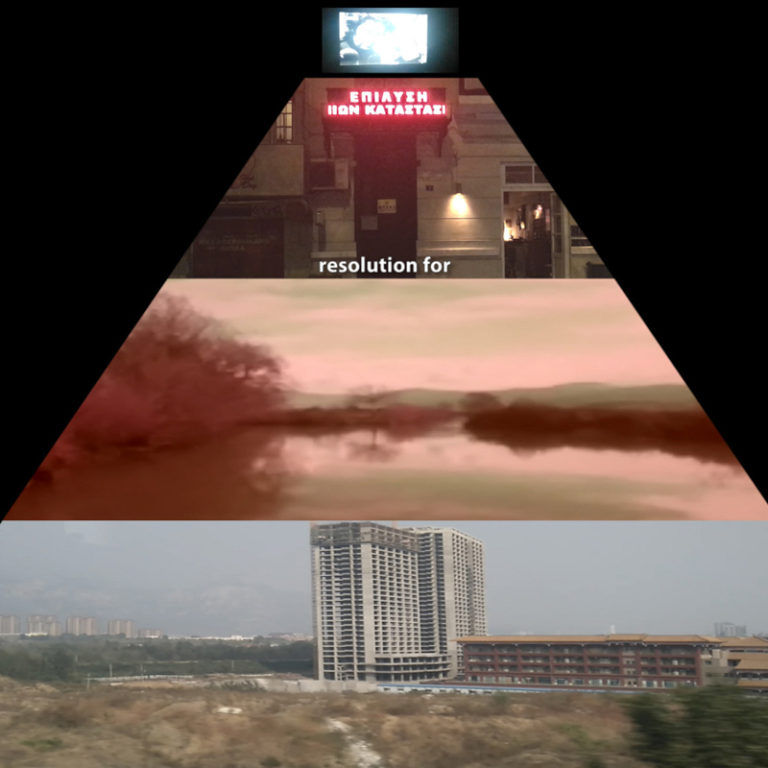
ECTASIS-ECTOPLASIS II is video collage consisting of five moving images and two digital voices. “Ectasis” refers to contemporary world expansions and “ectoplasis” to meta-physics of ability, success, progress. The voices guide us to a future of possibility and effectiveness while we are watching scenes of an astrologer’s shop in Athens, Akherousia lake and China’s ghost cities.
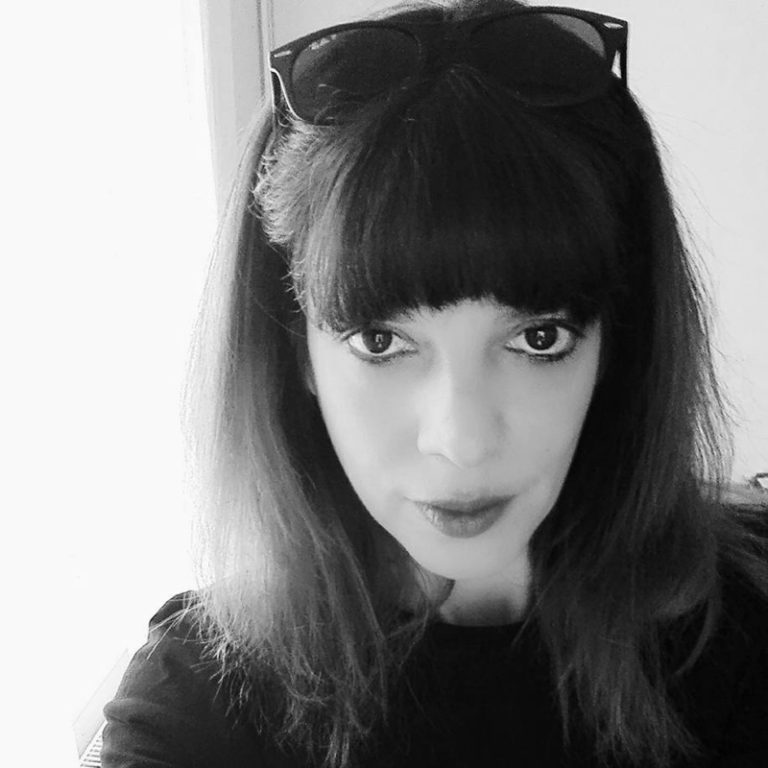
Myrto Amorgianou (artist alias Digital Ruins) studied Applied Informatics in University of Macedonia (Greece) and she holds an MSc in Distributed Multimedia Systems (Leeds, UK). Extremely compelled by graphics and visuals, she likes to experiment with digital errors (glitches), databending and creative coding. She works mainly on glitch-art, and generative-art projects. She’s also into digital photography and some of her artworks are based on her photos. Her projects involve: image glitch artworks, animated GIFs, interactive installations, video-art, generative design, digital photography. She’s a featured artist in GIPHY – http://giphy.com/ruins-digitales/ and ello https://ello.co/digitalruins and member of the Glitch Artists Collective.
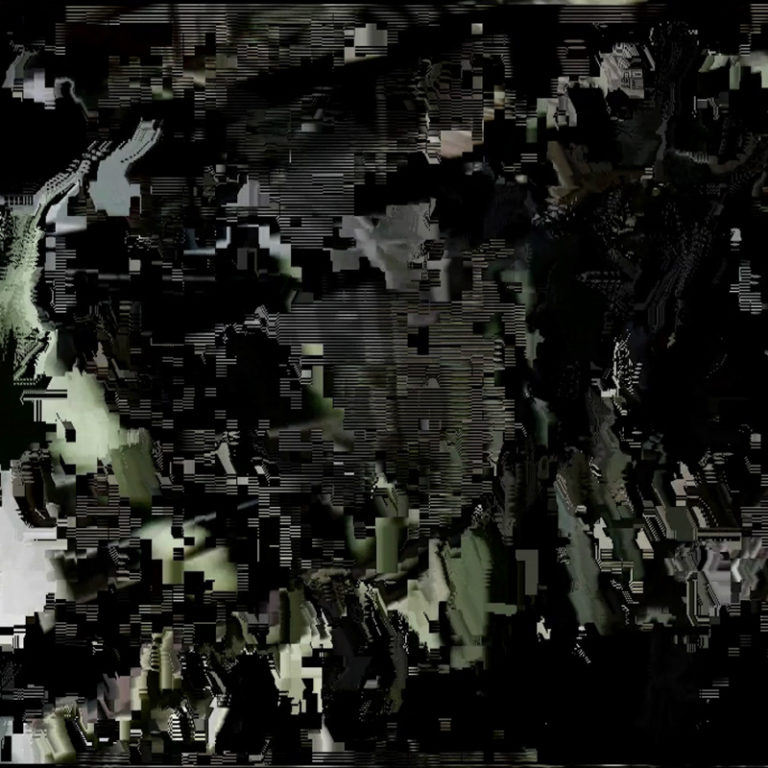
In psychology, mental time travel (also called “chronosthesia”) is the capacity to mentally reconstruct personal events from the past (episodic memory) as well as to imagine possible scenarios in the future (episodic foresight / episodic future thinking). ‘How our thoughts are traveling while we are going down 368 meters inside an elevator? A fascinating feeling of speed an intensity of the rare moment, and the dissolution of anything that could vanish. Imagine going down and at the same time all thoughts to be reduced to crumbles, to nothingness, giving place to a newborn reality of motion, of stillness, of repetition, similar to a wandering mind.’
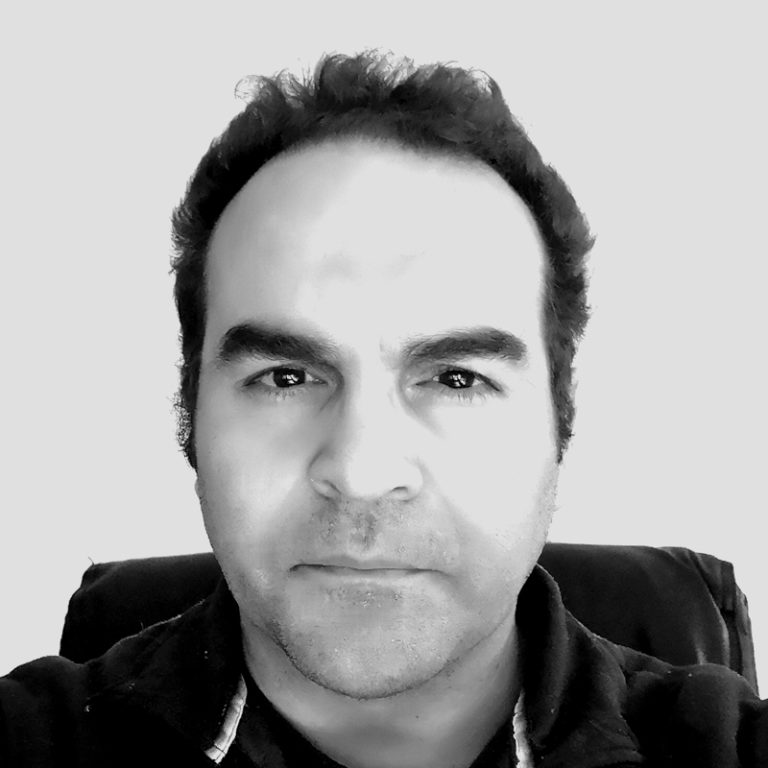
Studies in Sculpture and New Technologies specializing in Video Art and Multimedia in France (Ecole Nationale Superieure des Beaux Arts, Paris). Completion of the Postgraduate Program “Lighting Design – Multimedia MA” of the EAP. He teaches in the Undergraduate Program of the Department of Graphic Design and Visual Communication of UNIWA (University of West Attica), School Of Applied Arts & Culture. He has worked as a trainer in the therapeutic communities of Exantas and Adults “DIAVASI” of the Center for the Treatment of Dependent Individuals (KE.Θ.Ε.A.). He has been a secondary school teacher since 2005. He has participated, distinguished and awarded many festivals in Greece and abroad.
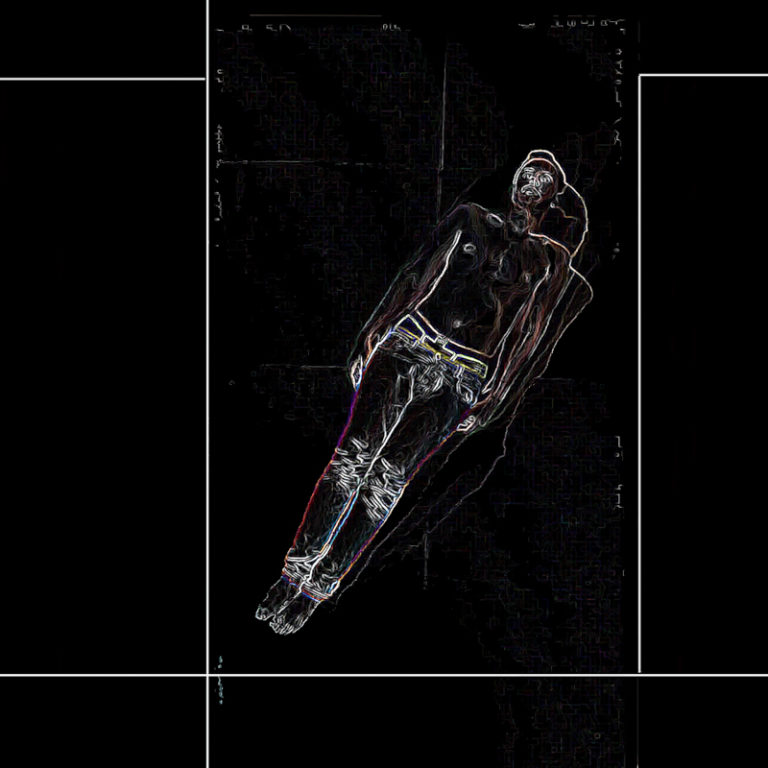
Humans, with their actions and choices can disrupt space and time. Humans, tiny and insignificant for the universe yet huge and powerful for their own social universe. What happens when man ceases to exist? Does this mean that the effect of his actions ceases as well or are is it converted in to a wave that disrupts and shapes the future?
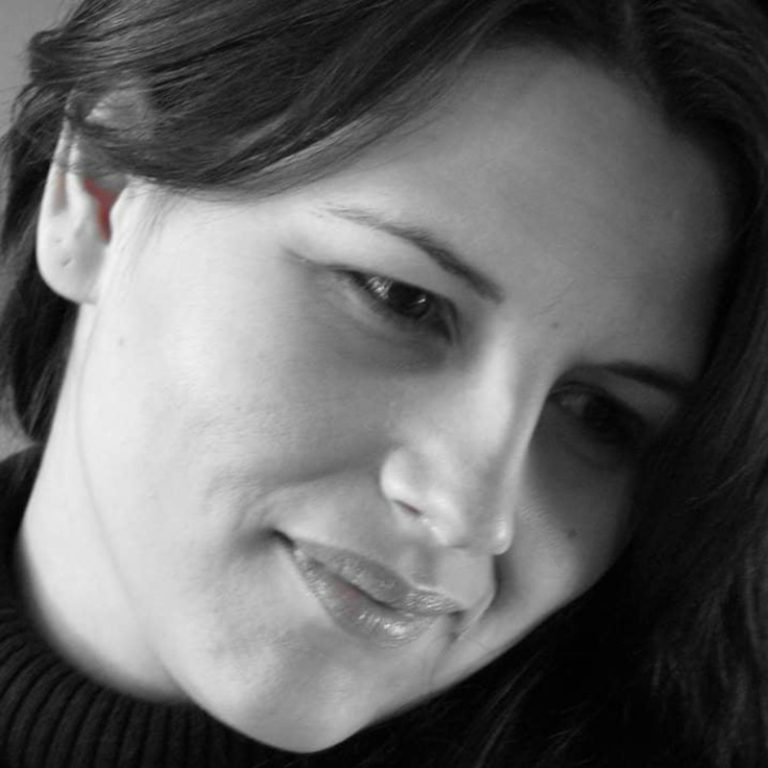
Pamela Panagiota Stefanopoulou graduated from the Visual Arts program of Fine Arts school in Athens with honors. She was a scholarship student at the Central Saint Martin’s in London, UK. She studied MA in Audio and Visual Arts, at the Ionian University. In addition, she studied special needs education and training at the University of Aegean. She took part in international exhibitions in Greece as well as abroad. She lives and works in Athens.
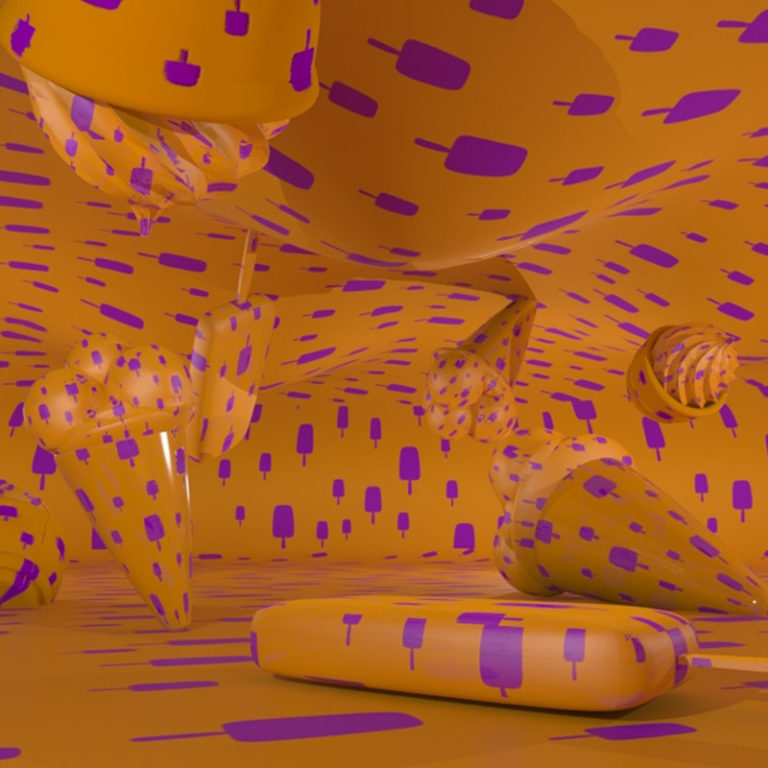
Let’s stop on the Anglo-Saxon term binge undoubtedly covers a wide range of interpretations and “symptoms”. Binge means ravishing pleasure without limits and is used to express the extravagance. The binge eating phrase usually refers to dietary intakes which is excessive and is characterized by loss of control of the quantities we eat. The object that is repeated again and again is the ice cream. Since this is her inspiration for her work: The Voices of Silence.
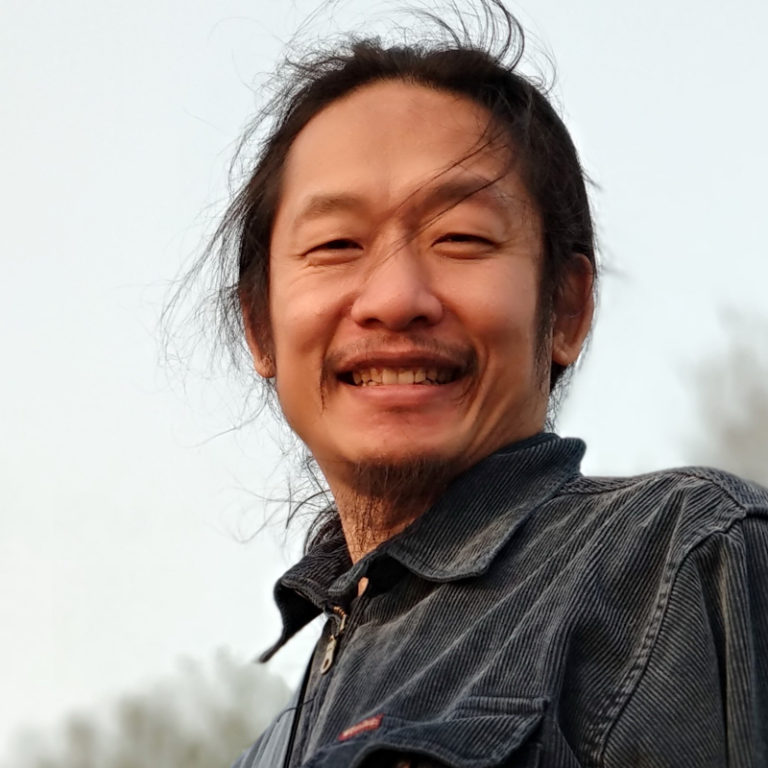
Situ Xiaochun 司徒晓春 was born in Beijing, China in 1973. As a pioneer of digital art research in China, explores and practices digital technology and art creation. Most of his works created with “digital”, revolve around life, emotions, human nature and philosophy. He also experiences the use of digital technology as a material and explores the concept of digital art language. His research on space and shape through digital technology created a unique and multidimensional understanding, which is at the basis of his unique artistic style. His work has the perspective of the digital age. His exhibits often in China and abroad. He participates also in international research projects, especially in the field of digital and culture, writes articles and gives speeches in international conferences. Currently, the artist is working and living in Beijing.
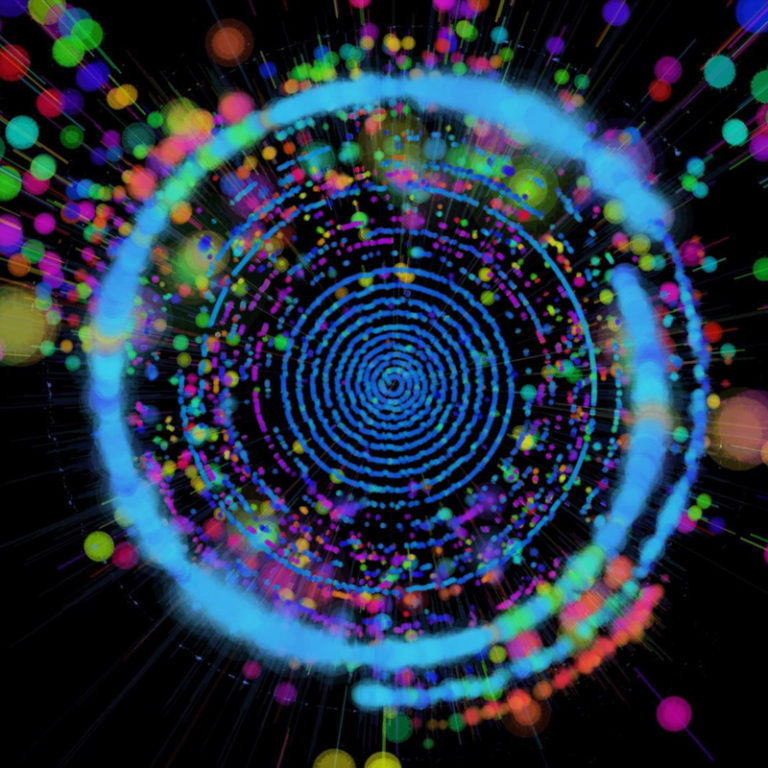
Two artists and two cultures meet trying to minimize the distance between Athens and Beijing. An audio documentation meets an original digital algorithm that together compose a new creation. A work by Situ Xiaochun & Yiannis Kranidiotis.
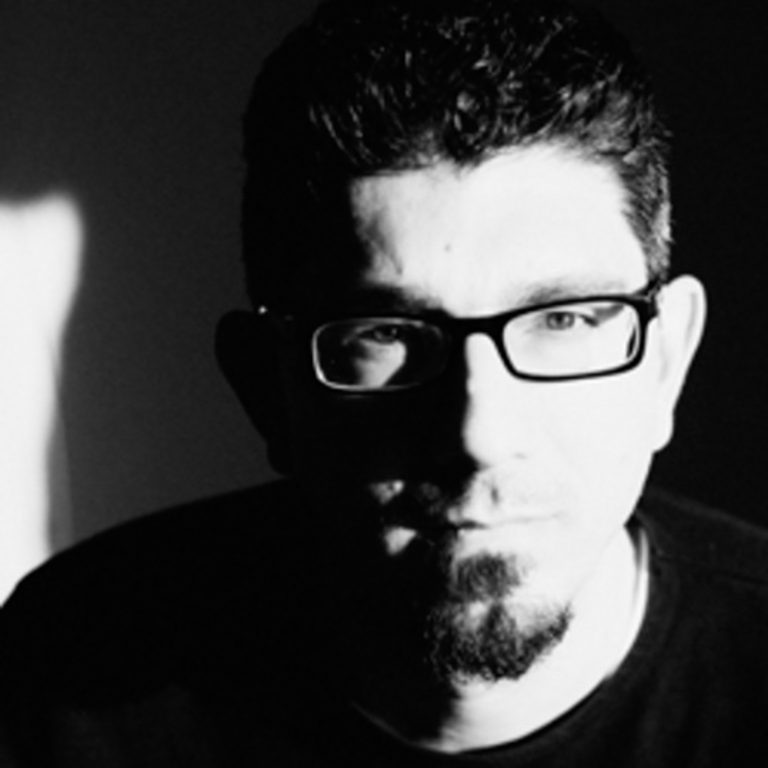
Yiannis Kranidiotis is new media artist and musician whose work focus on creating spaces and experiences by combining sound and light. By isolating minimal concepts, like the movement of a pendulum, new perspectives are created which reveal an inseparable relationship between science and art. This requires a cross-disciplinary work with music, sound art, visual arts, electronics, physics and coding. His work has been presented in many festivals and exhibitions like Made in NY Media Center (New York), Lumen Prize Online Gallery, ISEA 2015 (Vancouver), MADATAC 06 (Madrid), LUNDA Gallery (St. Petersburg, Russia), kuS Gallery (Heerlen, The Netherlands), Onassis Cultural Center (Athens), Athens Digital Arts Festival (Athens). He has also composed music for short films and theatre. He has a BS in Physics from University of Patras and M.Sc. in Optics from Essex University. He lives and works in Athens.

Two artists and two cultures meet trying to minimize the distance between Athens and Beijing. An audio documentation meets an original digital algorithm that together compose a new creation. A work by Situ Xiaochun & Yiannis Kranidiotis.

Theodora Prassa is an artist, print technician, and tutor of screen printing, currently settled in Nottingham, UK. She obtained graduate and postgraduate degrees (both with Distinction) in Fine and Applied Arts in Aristotle University of Thessaloniki (2017) and recently completed her MA (Distinction) in Textile Design at Nottingham Trent University (2019). She also did a semester in Fine Arts in Hildesheim University (2014). Her work will be published in leading textbooks on Art and Design in the UK, such as Russell’s The Fundamental of Printed Textile Design (2021). She has been an artist in residence in Artcore gallery (2020) and won the third prize in VIVA Film Festival, Sarajevo (2018). Her work has been screened and exhibited in various Festivals and exhibitions both in Europe and internationally.
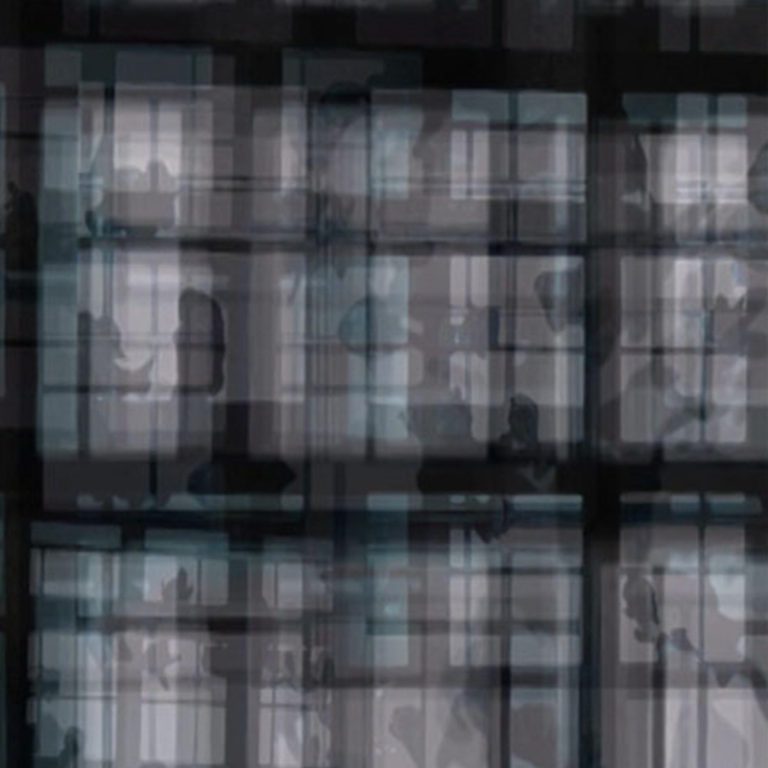
Lavyrinthos submerges the spectator into the illusion of the infinite through endless spaces and paths while stressing asymmetry and complexity. By addressing blurred memories and uncertain futures through repetitive compositions, the human’s unbalanced and unachieved relationship with himself and others is portrayed. The multiple dimensions bring together insights from the art of M. C. Escher, where he explores architecture, perspective, and impossible spaces. The interplay between geometry and overlaying brings the geometric abstract paintings of Piet Mondrian to life by introducing movement to his minimal compositions.
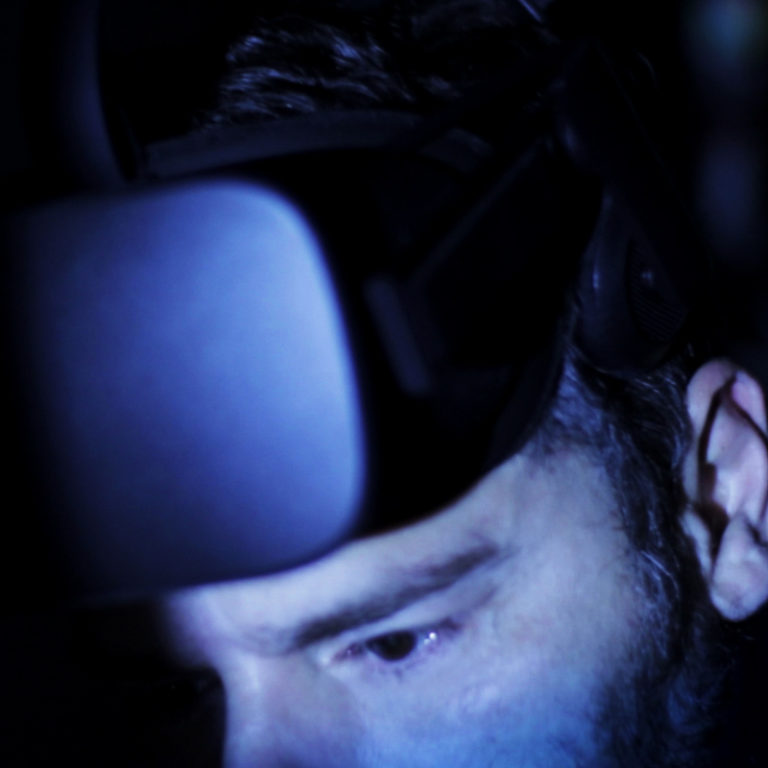
Thomas Valianatos was born in Athens and attended Athens School of Fine Arts, receiving a B.A. in Painting and a M.A. in Digital Arts. Since 2010 he has been teaching as Lecturer at the Department of Audio & Visual Arts of Ionian University. His artworks, in the form of original comic book art, digital prints, live electronic music, videos and live audio & visual performances, have been exhibited both nationally and internationally at various international festivals and art exhibitions.

The artistic goal of the “Cosmos” video is the interactive image reconstruction through audio and real-time video production based on live electronic sounds. It is a live video recording, containing the overlay of processed images (using image’s interactive filters). The project can also be perceived as an experimental cinema / live cinema, in accordance with the tradition of audiovisual performance and VJ culture. The project’s theoretical approach is based on the aesthetics of nature’s fractals, landscapes and nature, in particular Godlovitch’s Aesthetic theories of Nature. The aesthetics of this artwork are focus in the mysterious structure of nature which is alien, aloof and distant. The art work lends its imagery to the primordial patterns of nature.
